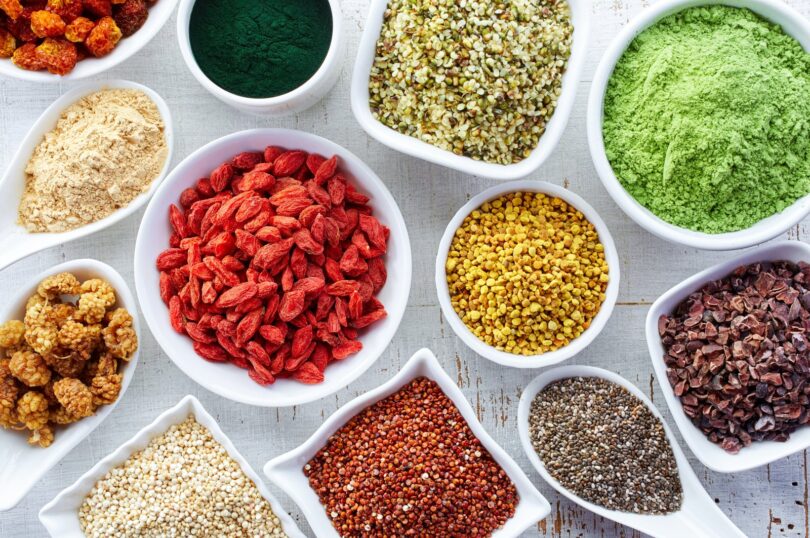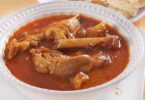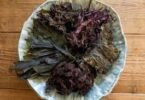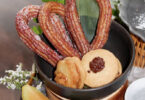Leyla Yvonne Ergil
While Mediterranean cuisine is already revered as the healthiest diet in the world, Turks have a number of additional nutritional tricks up their sleeve by consuming a variety of unique and ancient superfoods, many of which are in their prime harvest season
Türkiye, with its diverse landscapes and rich culinary traditions, hosts a treasure trove of superfoods that have nourished its people for centuries. These foods not only provide essential nutrients but also offer unique flavors and textures that enhance Turkish cuisine. Anyone who has visited the country can attest that Turkish cuisine is extremely healthy, consisting primarily of seasonal produce, grains, nuts and seeds that are made into products ranging from pickles to pastes, and much more.
However, there are a few less evident ingredients that may be unbeknownst to foreigners for their full nutritional superpowers. Furthermore, whether you aspire to or have any particular diet to follow, such as avoiding wheat or sugar, some of these ingredients can be used skillfully to shapeshift and accommodate certain restrictions.
Einkorn: Ancient wheat wonder
“Siyez” is the Turkish word for the ancient grain referred to in English as “einkorn” that has been cultivated in Türkiye for millennia. Unlike modern wheat varieties, einkorn has retained its original genetic structure, making it a nutritional powerhouse. Surprisingly high in protein, Einkhorn is also a low-gluten grain, which means for those who have an intolerance or are sensitive to gluten, this flour is a more optimal option for consumption.
While “siyez” flour has always been around in Türkiye, it was mostly used for home cooking by those in more rural regions who source their flour in bulk. These days, however, “siyez” is making a comeback. Its flour, bread, baked goods and bulgur variations have become more readily available in farmers’ markets and grocery stores. Bread made from “siyez” may resemble a brown whole wheat loaf, but you will find that its texture is denser, making it chewier, and it has a signature nutty and slightly sweet flavor.
Buckwheat: Gluten-free powerhouse
“Karabuğday” is the Turkish word for “buckwheat,” which is a versatile and gluten-free pseudocereal that thrives in Turkish soils. Its robust nutritional profile and adaptability in the kitchen make it a superfood that has been acknowledged in many places in the world, including Türkiye. One such example would be Japan’s famous soba noodles. In Türkiye, buckwheat is used as flour for bread or its groats as a base for pilafs.
Despite its name carrying the word “wheat,” buckwheat does not actually consist of wheat whatsoever, making it naturally gluten-free and thus an ideal choice for those with celiac disease or gluten sensitivities. Meanwhile, by containing all eight essential amino acids, buckwheat is also rich in plant-based protein, fiber, vitamins and minerals. Buckwheat is also making a comeback and serves as an ideal gluten-free substitute for refined wheat and is readily available at markets as flour, bulgur and bread. Most gluten-free flours consist of corn and rice, which have a high carbohydrate content when compared to buckwheat.
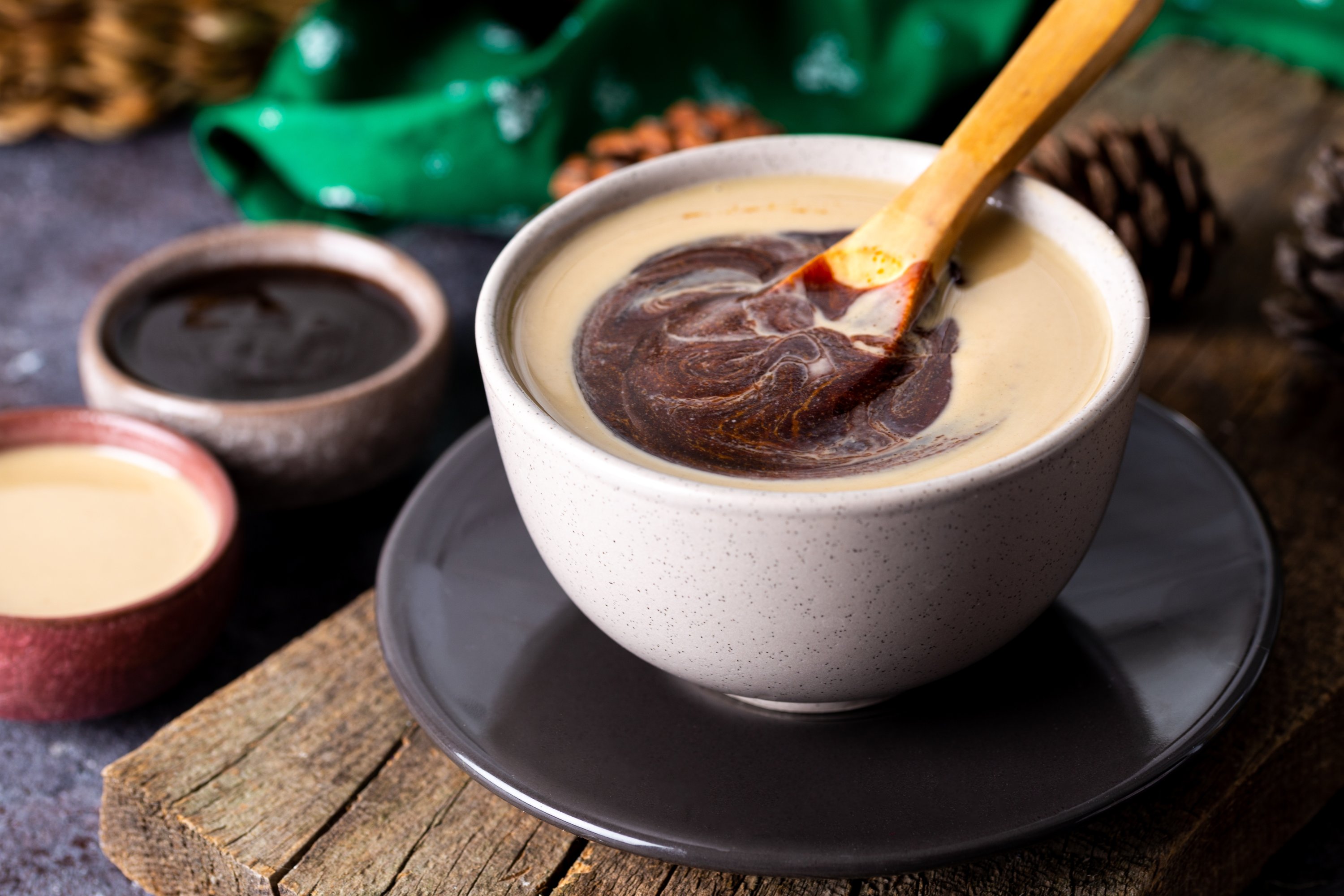
Tahini: Creamy nutritional dynamo
Tahini, a staple in Turkish cuisine, is a paste made from ground sesame seeds. It’s not only delicious and both savory and sweet, but it also offers a wealth of nutrients and health benefits. Rich in healthy fats, a good source of protein and also contains antioxidants as well as vitamins and minerals, it is incredibly versatile. It can be used as a dip, spread or dressing, baked into dessert or even as a flour substitute for bread.
For those who believe they have an aversion to tahini, I beg you to reconsider. For some, its appearance among the sweet jams and honey served at a Turkish breakfast can be unwelcomed and its slathering on bread accompanied with pekmez, which is a grape molasses, is sort of attuned to Australia’s Marmite; it is a taste only a select few can weather. However, don’t let this first impression lead you to believe that this is tahini at its finest.
The tahini/pekmez combo does happen to be a nutritional powerhouse, however, and this a fact no one can deny. A lesser-known fact is that Türkiye produces a very special kind of tahini, which is made out of golden sesame seeds. This premium type is exported from Türkiye to Japan for sushi, making it less available here in Türkiye. But for those in the know, it is soon to be sesame harvest season and some farmers set aside a portion of golden sesame to prepare the ultimate form of tahini, which, when made from golden sesame and double-roasted, tastes absolutely divine. Admittedly harder to source, it can be purchased at spice shops, charcuteries and halva shops, as well as at farmers markets.
Here’s why tahini is great: Mixed with water, lemon and spices, tahini makes for a wonderful dairy substitute for any salad dressing or dip. When baked on its own, tahini becomes almost caramelized, making for a great sugar-free dessert, which Turks tend to dip bread in. Tahini is also experiencing a new role as a flour substitute for gluten-free and keto breads. While certainly not low-calorie, the dough of this fresh, trendy loaf is made by mixing tahini with eggs, baking powder and salt.
Pekmez: Nature’s sweet elixir
Pekmez, aka molasses, a natural sweetener made from fruit juice, is a beloved ingredient in Turkish cooking. As mentioned, grape pekmez mixed with tahini, not unlike peanut butter and jam, and spread on bread is a steadfast culinary custom here in Türkiye. Preparing pekmez, where fruits are boiled down for hours, is also a communal activity for most villagers, who will soon prepare grape and pomegranate molasses as the harvest season surrounds us.
While not necessarily consumed independently, unless a spoonful is taken to increase iron or red blood count, pekmez offers a healthier alternative to refined sugars. For many households, this molasses serves as a substitute for refined sugar in preparing cakes and other desserts. This makes pekmez an optimal nutrient-rich sugar substitute for when you want to satisfy your sweet tooth. There is also the age-old trick here in Türkiye of making a faux cup of tea for the young ones by mixing in pekmez with some water as a healthy alternative to the caffeinated drink a child may covet.
Nigella seeds: Tiny powerhouses
“Çörekotu,” aka nigella seeds, also known in English as black cumin or kalonji seeds, are small but potent seeds used frequently in Turkish cuisine. They offer a burst of flavor and color contrast and harbor immense nutritional benefits. Referred to as the “seed of blessing” in Arabic, nigella seeds have been used in traditional medicine over the ages. They are believed to boost the immune system, enhance brain function and protect against diabetes and heart disease. Nigella seeds are packed with antioxidants that combat oxidative stress and inflammation in the body.
While the oil of these seeds is also available as a tincture as well as a supplement, here in Türkiye, the seed itself just so happens to be lavishly thrown into nearly every baked product. This means from loaves and flatbreads to pastries, cakes and other desserts, as well as to dress-up salads and sides such as cheese plates, “çörekotu” is just one of those immensely healthy ingredients that we just so happen to unbeknownst consume quite regularly. So, do like the Turks and get yourself a bag and sprinkle the dark black seeds anywhere you see fit.
Courtesy: Dailysabah

